【Special Open House】Tour of the pottery studio and experience of handiwork conveyed by the mysterious sands of Miyajima

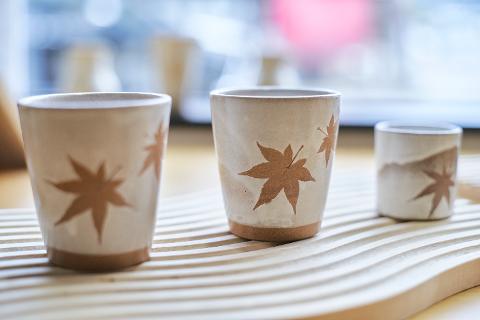
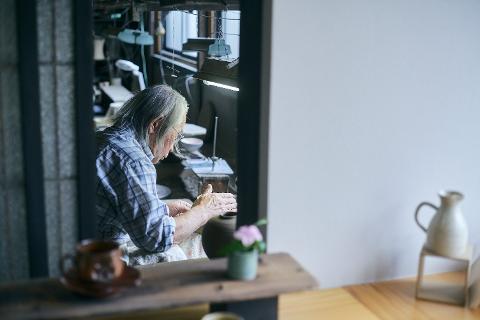
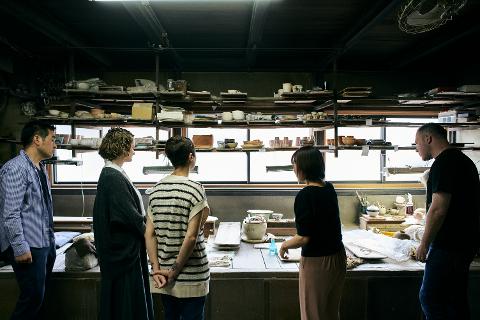
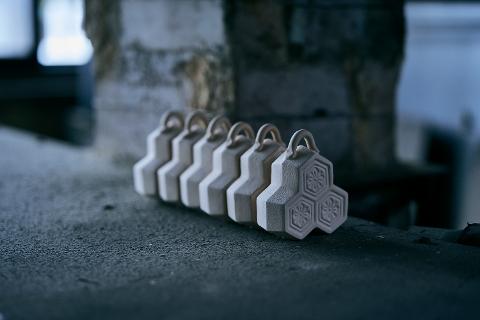
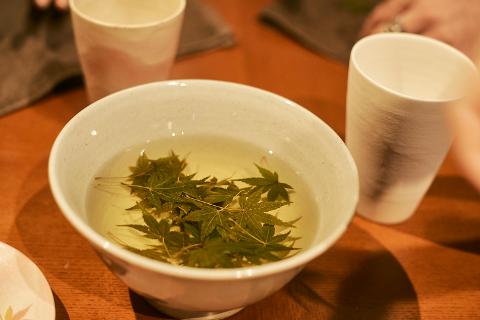
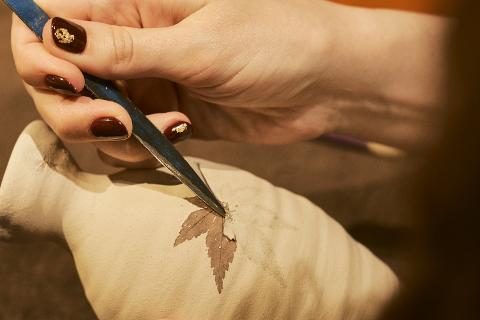
- 期間: 2 時間 (約)
- 所在地: Hatsukaichi-shi, Hiroshima
- 製品コード: EN-HSM-4080-40801
【STORY】
Miyajima Osuna-yaki Pottery dates back to the Edo period (1603-). During this period, travelers in the country of Aki (present-day western Hiroshima Prefecture) were given sand under the main shrine of Itsukushima Shrine as a talisman for safety on the road (Osuna-mamori) and set out on their journeys. When they returned safely from their journey, they added sand from their destination to the sand of the talisman and doubled the amount of sand to return the talisman. It is said that the origin of the Osunayaki pottery was when cups and other objects for the Itsukushima Shrine festival were made using the sand.
During the Tokugawa period, ritual vessels for the Itsukushima Shrine Festival were made from clay mixed with sand from under the main shrine. It is also called "Osunayaki" or "Shinshayaki" because sacred sand is used. Miyajima Osunayaki is still loved by a wide range of people in Japan and abroad as a good-luck charm.
The clay used in Miyajima Osuna-yaki Pottery is made by kneading the ashes from the temple at Miyajima together with the sand, and the craftsmen put their heart and soul into the kneading process. At the stage of mixing the sand into the pottery, it is kneaded into the clay in small quantities and mixed homogeneously. The clay is then molded with the sand firmly mixed into the clay, and the maple leaves are peeled off, dried thoroughly, fired at a low firing temperature, and then covered with a transparent glaze and fired in the kiln to complete the process.
Since then, Miyajima Osuna-yaki Pottery has been passed down by many people through the Meiji, Taisho, and Showa periods to the present day, repeating decline and revival. Today, three kilns are responsible for the modern Miyajima Osuna-yaki Pottery, starting with Kawahara Geneido, which was founded in the Taisho Period, followed by Yamane Taigendo, and Kawahara Keisaigama, which became independent from Kawahara Geneido in the Showa Period. Miyajima Osuna-yaki Pottery has traditionally been associated with the image of simple colors, but it is now showing more diverse expressions in accordance with the times. We also offer products baked over colors such as blue and pink, as well as a playful and casual line of products that can be easily enjoyed in today's lifestyle.
Recently, we have continued to try to put our thoughts on peace into Miyajima Osuna-yaki Pottery. One of the most notable examples is a lamp. Origami cranes donated to the Peace Park from all over the country are burned at a temple in Miyajima, and the ashes are kneaded with sand to make lamps. In March 2023, Prime Minister Kishida presented it to Ukrainian President Zelensky. It embodies the craftsman's desire to convey his feelings for peace to the world through his works.
Even today, Miyajima Osuna-yaki Pottery is loved by a wide range of people in Japan and abroad, showing a new look in accordance with the times.
【HIGHLIGHTS】
- What are the Roots of Miyajima Osuna-yaki Pottery? Miyajima Itsukushima Shrine and Travel Stories
- Each one is an original! The "Momiji Mon(maple leaf pattern)" technique built using Miyajima's natural maple trees
- Observe workshops and craftsmen at work, which are not usually seen.
- Experience the pasting and peeling of maple leaves using actual products of the No. 1 popular product, "Momiji Mon(maple leaf pattern)"!
- Find your favorite pottery in the store and enjoy shopping after the experience is over!
【SCHEDULE】
[14:00] The History of Miyajima'sOsuna-yaki Pottery, the Story of Traveling Sand Charms, and the Story of the Taigendo, the only place in Miyajima where sand is used to make pottery.
[14:15] Learn about the creation of artwork from the Hiroshima Story by Taigando.
[14:30] 【Special Open House】Visit a workshop built over 100 years ago. You can observe the craftsmen at work right in front of you.
[15:00] Experience the actual process of craftsmen's handiwork. (This is an experience of applying and peeling off the maple leaf on the actual pottery.)
[15:25] At the store attached to the experience location, you can enjoy shopping.
[16:00] End
【THINGS TO NOTE】
- Duration:2 hours
- Meeting point:Taigendo
1-3-39 Miyajimaguchi, Hatsukaichi City, Hiroshima 739-0411 [MAP] - Access:2-minute walk from JR Miyajimaguchi Station
- Minimum number of participants:2 people
- Language support:Japanese, English
- Included:Souvenir (Yurarinko Cup : A cup, the size of a teacup)
- Excluded:Pottery used in the experience
- Participation requirements:
・Over 6 years old
・Not recommended for travelers with back problems.
・Not recommended for pregnant travelers.
・Not recommended for travelers with heart problems or other serious medical conditions. - Free WI-FI:No
- Toilet:Yes (Western-style)
- Other things to note:
・You will not be able to take home the ceramics used in the experience, but you will receive a "Yurarinko Cup (a cup, the size of a teacup)" as a souvenir.
In addition, the finished ceramics used in the experience, the "Series of maple leaf pattern," are available for purchase in the same building.
・Photography is not allowed due to copyright and portrait protection.
【CANCELLATION POLICY】
Until 72 hours before the experience start time: 0%
From 72 hours before the experience start time to start time: 100%
Cancellation after the experience has started or cancellation without contact: 100%


